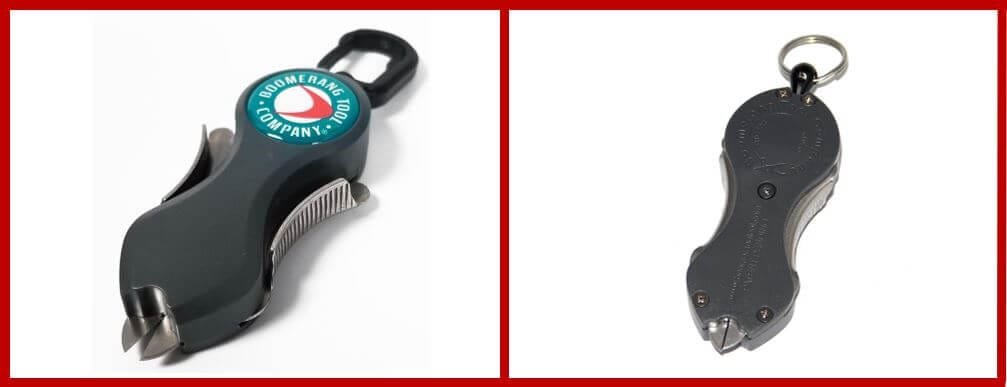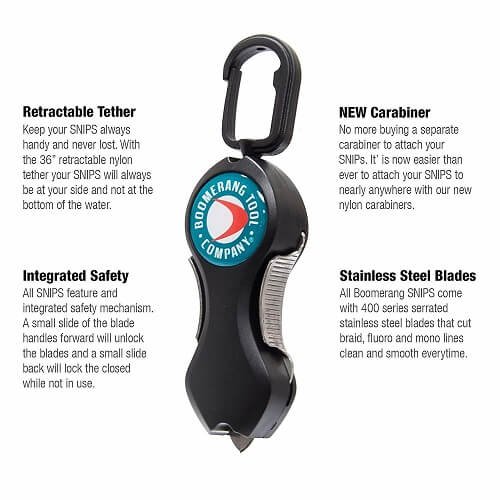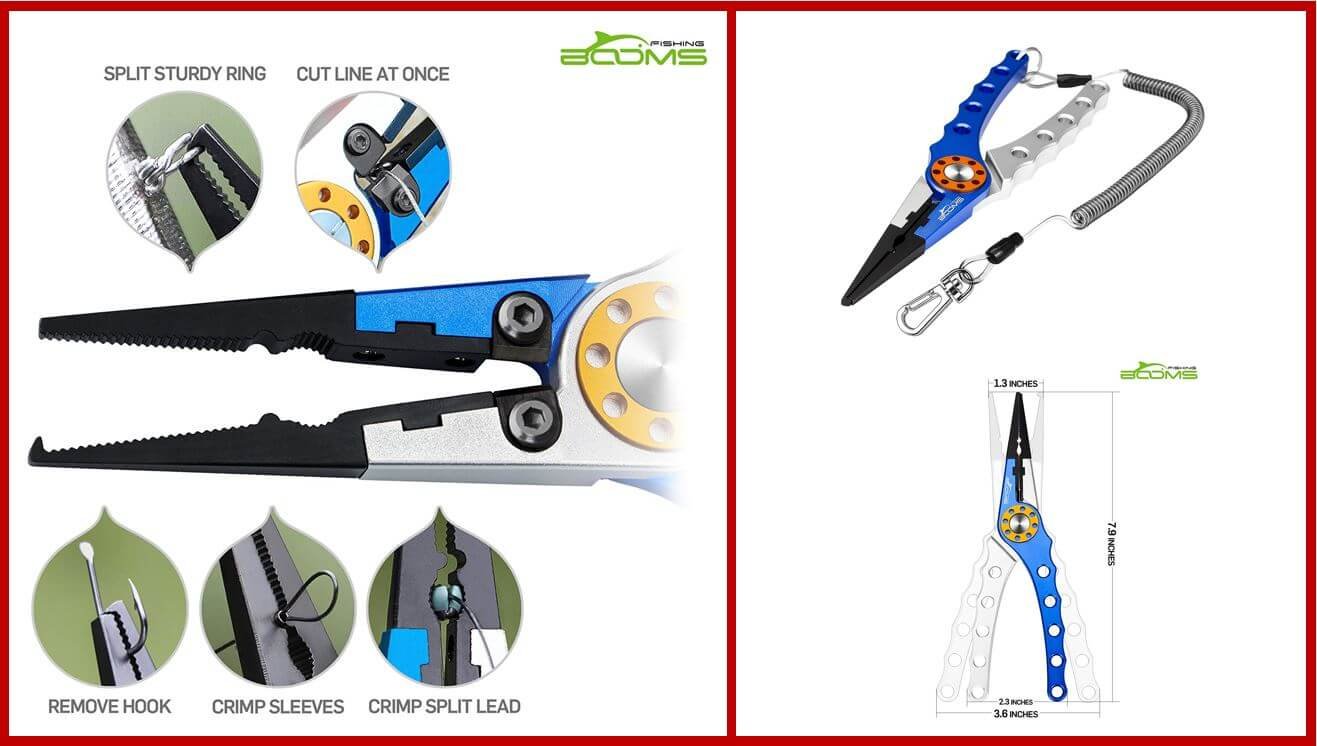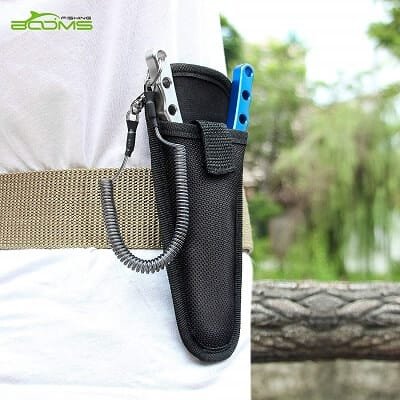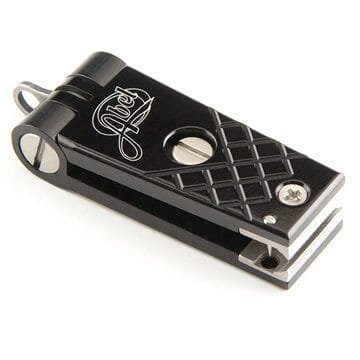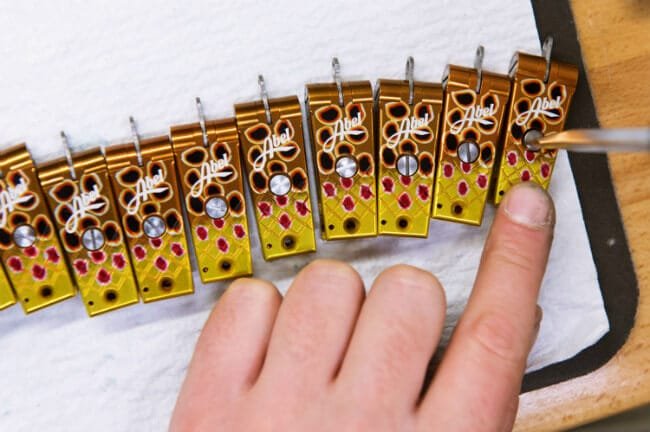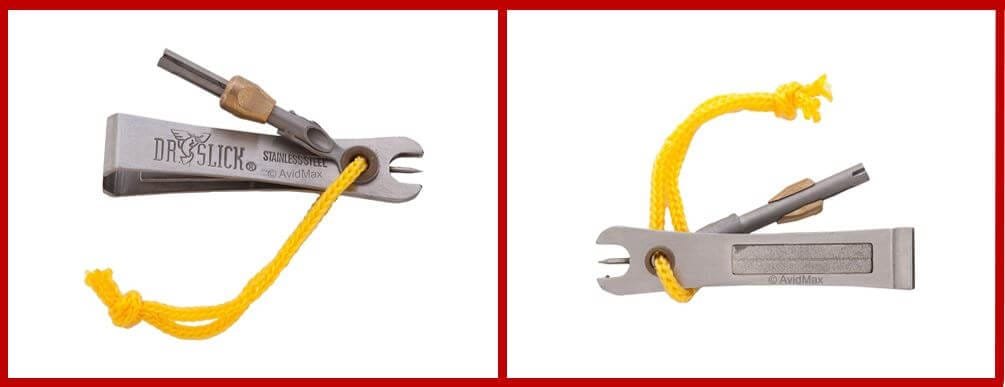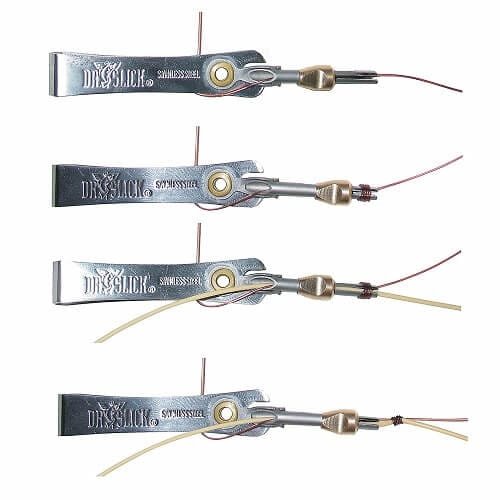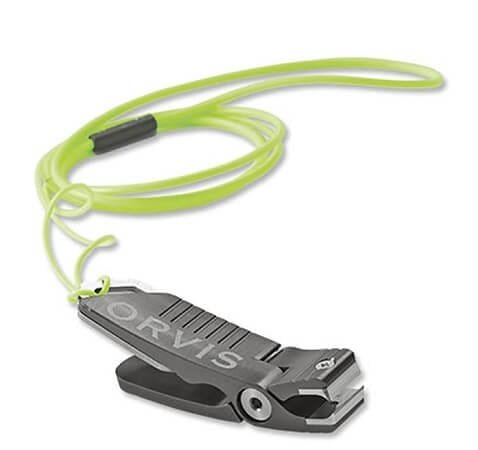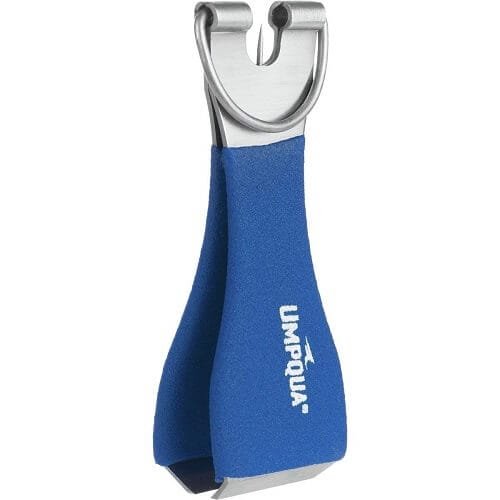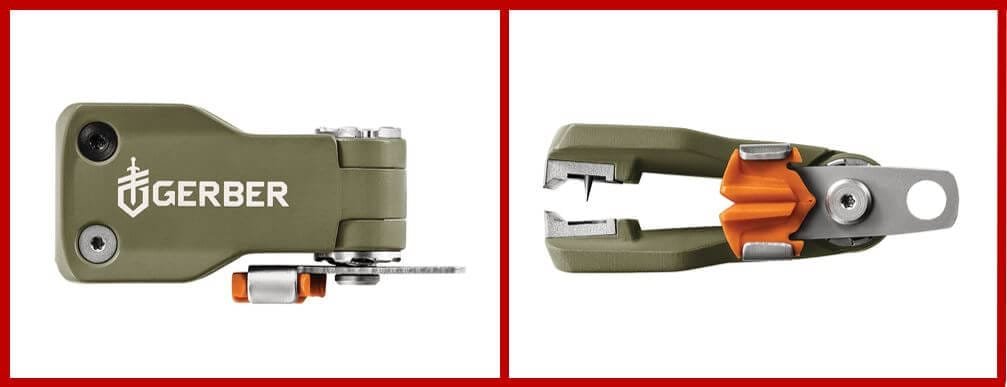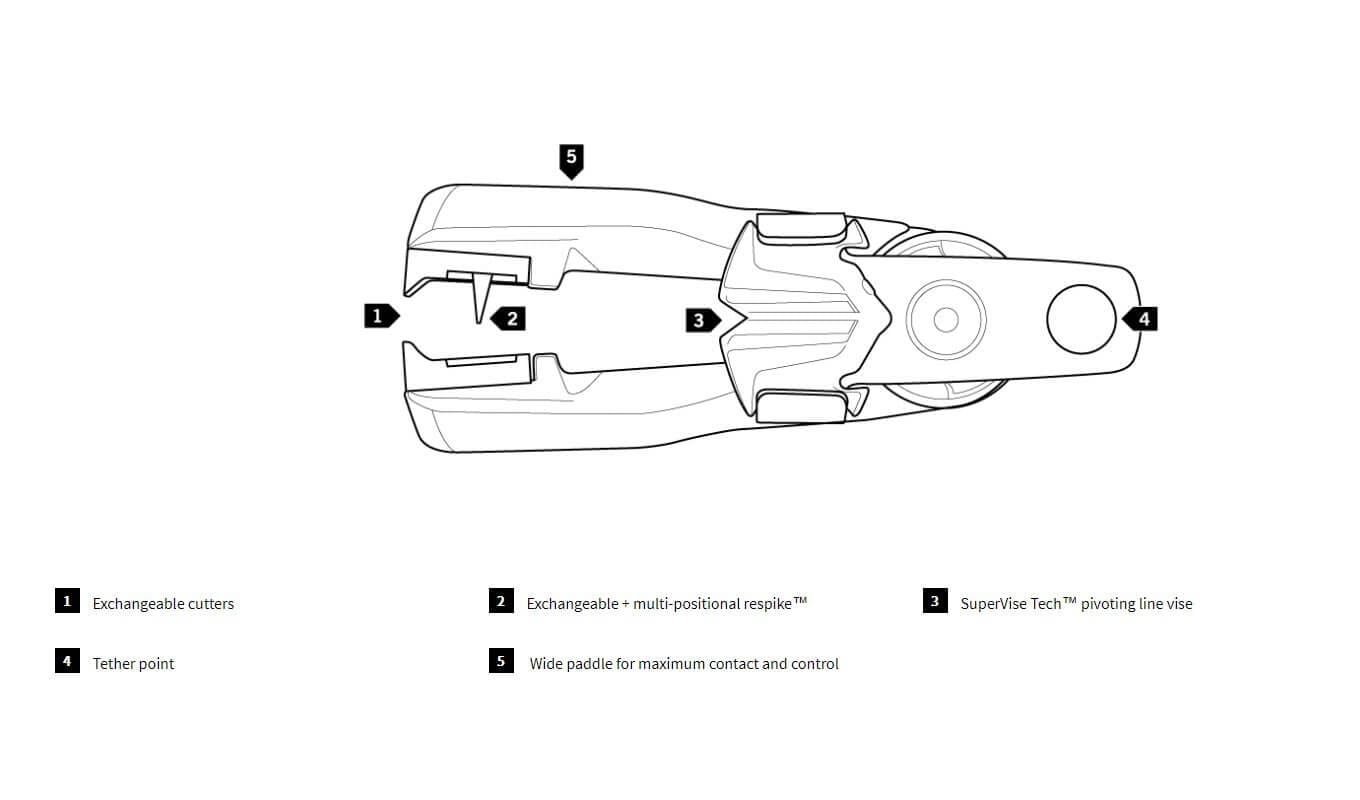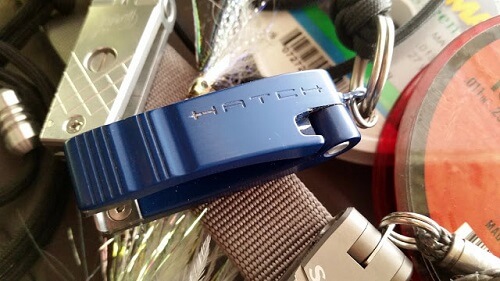 One of the most important items on your fishing list is the Nippers. So, what are the nippers? Well, if you’re fly fishing, sometimes you need to cut the fishing lines and tippets. In such condition, most people use their teeth but that’s not how a professional does it. You have to use the best fly fishing nippers to cut the lines and tippets with ease.
One of the most important items on your fishing list is the Nippers. So, what are the nippers? Well, if you’re fly fishing, sometimes you need to cut the fishing lines and tippets. In such condition, most people use their teeth but that’s not how a professional does it. You have to use the best fly fishing nippers to cut the lines and tippets with ease.
It can be really difficult to fish without having a nipper since you have to constantly cut the lines. Therefore, we bring you this review where we cover the basics of what makes a good fly fishing nippers. This fly fishing nippers review will mainly focus on the pros and cons of different nippers from the market and we’ll also give you the details of the best of the bunch.
Editor’s Pick: Boomerang Tool Fishing Line Cutter – Why Did We Choose?
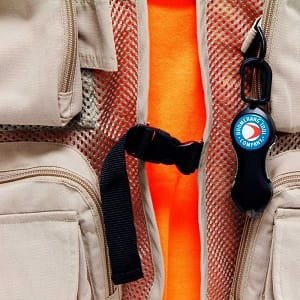 We chose the Boomerang Tool Fishing line cutter because of its construction and the retractable nylon tether. What we really like about the line cutter is the design. Also, the compact size is a bonus. It was comfortable to carry.
We chose the Boomerang Tool Fishing line cutter because of its construction and the retractable nylon tether. What we really like about the line cutter is the design. Also, the compact size is a bonus. It was comfortable to carry.
Jumping to the performance, it cuts every line cleanly. We found no problems with the performance of this fly fishing nipper. The price was also pretty affordable and the warranty was probably the reason that sold this nipper to us. One minor issue that we had was that we noticed the snips rust when we used them in saltwater. Other than that, it worked perfectly.
Best Fly Fishing Nippers
Table could not be displayed.To select the best fishing nippers, we have conducted research on several options from the current market. Unlike the size of nippers, it was not an easy task to come up with a list of the best performing tools. After careful reviews, we selected these above-mentioned fishing nippers which not only stands out with impeccable performance but also will be a long lasting gear for your fly fishing setup. We believe you will be able to select the most suitable fly fishing nipper as per your requirement from our list and even if you can’t do that, we have listed some tips to remember when purchasing fly fishing nippers.
Boomerang Tool Fishing Line Cutter
 It comes with a 36” retractable nylon tether. Which means your Snips will be placed at your side and not the water bottom.
It comes with a 36” retractable nylon tether. Which means your Snips will be placed at your side and not the water bottom.- An integrated Safety mechanism is there to unlock the blade.
- The blades are stainless steel.
- You can attach your snips easily anywhere with the nylon carabiners.
- The construction is high-quality steel which means precise cuts
- A Retractable nylon tether means your snips won’t be lost in the water
- 1-year limited warranty is also provided
- The Snipper can be a little bit difficult to use as you have to unlock it every time.
With a one year warranty and high-quality steel construction, the Boomerang Tool is one of the best Nippers which is manufactured in the USA. The 36-inch nylon tether is its main selling point with the stainless steel blades providing a much-needed backup. It can be a bit difficult to use for some but you will eventually get used to it. For me, it wasn’t an issue as I’m used to the line cutters, it can be difficult if you have no prior experience with a nipper.
Booms Fishing X1
Although it is mainly a fishing plier, we can not deny its performance in terms of cutting the fishing lines and tippets. Thus, we enlisted this plier in our list of the best fishing nippers.
 Anodized Aluminum construction makes the nipper corrosion resistant
Anodized Aluminum construction makes the nipper corrosion resistant- Tungsten Carbide cutters which are replaceable can cut through braided lines
- Stainless Steel Jaws for durability
- Easy to use and carry
- The length is 7.87 inches and it can withstand the tension of 40 pounds which is impressive
- Super lightweight and extremely affordable
- The design is ergonomic which shoots the comfort axis off the charts
- Pretty safe to use even if you are new to the line cutters
- It can be used for multiple purposes such as a survival tool
- The build quality is solid, anodized aluminum is used that doesn’t let the blade rust
- A pretty small line cutter will probably make it difficult to cut lines at dark
- No Warranty option is available
Since it has an anodized aluminum build, the nipper cum plier can be used in both fresh and saltwater. We tested it on saltwater and found no rusting issues whatsoever. In addition, line cutters are pretty safe to use. I gave it to my friend who is new to the fishing world and he had no problem using this nipper. But at the night time, the small line cutter can make your life difficult. Also, a lack of warranty option doesn’t help either. It’s a solid nipper with minor flaws. Regardless of that, we do recommend it.
Abel Nipper
- Anodized Aluminum construction has the 6061-T6 Aluminum to be exact
- The jaws can be replaced, the construction of the jaws is stainless steel
- The pins here is a 316 stainless steel
- The nipper can cut both mono and braided lines
- It is really good for inshore fishing
- The Aluminum construction means you can also use it in saltwater and it won’t rust
- It has a great value for money and it can cut braided lines which is a big selling point
- Safety Mechanism is an important miss in this product
Part of the reason why we cannot recommend the Abel nipper to a rookie is because of its safety. It doesn’t have a safety mechanism that can cater to that demographic. Also, How do you expect us to cut a line when you have an “Ant-Man” cutter? The cutter needs to be a bit bigger. For professionals, you can probably get this if you’re running on a budget.
Table could not be displayed.
Dr. Slick Nipper
 It has a Stainless Steel construction
It has a Stainless Steel construction- A Hook Sharpener is also present
- The product includes an eye cleaning tool
- The Nippers are nice and sharp’
- Good Blade Quality
- The rope keeps getting in the way, but you can cut it out if needed
For a beginner, this nipper isn’t the way to go. Design wise, Dr. Slick Nipper is in no way Slick. The weird rope type of design is really annoying. This is the biggest drawback of this nipper. One thing that I did notice is how good the blade of this nipper actually is. The quality blades make up for a smooth experience. Having said that, we recommend this to people who don’t want to spend a lot of money on a nipper.
Orvis Nippers
- Aluminum machined construction with superior performance
- The cutter and the anvil is replaceable
- It has a stainless steel blade and is manufactured in the USA
- The contour of the nipper is ergonomic which makes for an impressive design
- Precise nipping is provided by the Orvis Nipper
- Quality Construction
- As its a premium product, the price tag, it comes with, is a major concern
If you know anything about fishing, You know Orvis. That’s the brand power of this company. When it comes to the Orvis nipper, it’s a really delicate situation. You get an okay nipper but you pay a fortune for it. Almost eighty dollars for a nipper is a really premium price and what do you get for that? A dull blade that won’t cut a 10-pound line. That really sums of our review for this. But it has that quality construction and a super precise nipping. This nipper is perfect for people inside the Orvis ecosystem. But for the outsiders, it’s better to look elsewhere.
Umpqua River Grip
- The handle has a rubber finish making for a nice grip
- The cutting blades are pretty wide which is always a bonus
- Tungsten Carbide is the material used in the blades
- A free rotating ring attachment is provided
- The design is ergonomic but it’s curved which looks pretty nice
- A pin eye cleaner is also included here
- Sharp, Big Nippers for good visibility
- Solid Grip, recommended for beginners
- Cannot be used in saltwater
The Umpqua nipper has a sharp blade which is considerable in size. What this means is that you won’t have any problem with the nipper at dark. But you don’t have an aluminum finish meaning you can’t use it in saltwater. Still, this nipper is worth it. You’re paying a mere 10 dollars for it. My personal experience with the nipper has been okay. It gets the job done.
Gerber Freehander
- The Gerber Freehander is both a nipper and a tool to manage line and lure exchange
- The Nipper features a really cool tech with a pivoting retention clip that clinches the line during the time of line exchange
- A tether point is available into the pivoting line cutter which provides the fishermen the ability to swivel the tool in any direction s/he wants and get into tight spots without much hassle
- The paddle has a wide design that provides maximum contact between the user and the tool provides an enhanced control
- A multi-positional spike is present here which is also exchangeable
- Aluminum construction
- Good handling, easy to use
- It loses sharpness over usage
- May fail to person on a 10-12lbs test line
If it weren’t for the ease of use of this nipper, it wouldn’t have been on this list. The aluminum construction is a bonus as well. Because of these two features, we can recommend it to the rookies in the fishing scene. The Nipper doesn’t really have a value for money though. We expected more in this price segment.
What is The Use of Fly Fishing Nippers?
The basic use of a fly fishing nipper is to cut the lines. Now, fly lines are of many types, some are simple whereas some are braided and they have different weights. Therefore, some nippers can cut some lines and some don’t. The rule of the thumb is to look for a nipper that cuts braided lines.
How To Sharpen Fly Fishing Nippers?
Even the best fly fishing nippers can get blunt. The way to sharpen the nipper may depend upon the type of nipper. There is a limited way to sharpen it and some of the ways to sharpen your fly fishing nippers are explained below:
- First, you can sharpen it by keeping it clean and not letting it rust.
- Another thing you can do to sharpen your fly fishing nippers is you can use nipper sharpeners to do it. You need to buy them separately.
- Lastly, you can just replace the Nipper when it gets too blunt.
How to Choose Fly Fishing Nippers?
Blades
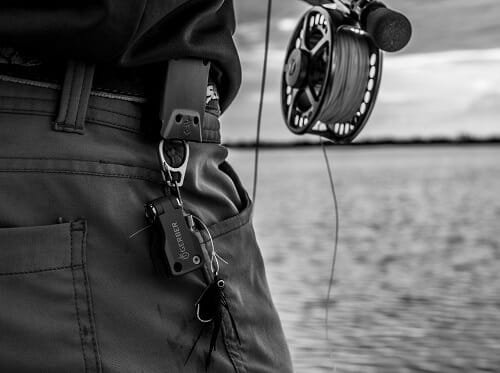 The quality of a blade is the most important factor to consider. But what kind of blade is ‘quality?’ the one that doesn’t rust easily and is pretty sharp. Different types of blades cut different type of lines so, you must keep that factor in your mind as well.
The quality of a blade is the most important factor to consider. But what kind of blade is ‘quality?’ the one that doesn’t rust easily and is pretty sharp. Different types of blades cut different type of lines so, you must keep that factor in your mind as well.
Size of the Nippers
Too small nippers are hard to cut with when it’s a dark while, I can tell you that I have had a lot of portability issues carrying bulky nippers. Balance is required between visibility and size.
Build
Build quality is generally proportional to the item used for construction and the company that has constructed the nippers. For instance, Aluminum construction is better and Companies like Orvis makes some really sturdy nippers.
Safety
One of the most underrated features of a nipper is safety. A nipper can hurt a person, sometimes seriously injure them. It is crucial to be familiar with a nipper before using it. Some nippers come with safety features that you should look for in a nipper.
Budget and Warranty
Warranty isn’t a must but it adds much value so, try looking for a nipper with some form of warranty. As far as the budget goes, you can buy a nipper for 5 dollars and you can spend around 90 dollars for it. It’s up to you. You can just go for the middle and buy a nipper costing around 30 to 50 dollars if you’re serious. Otherwise, you can choose the ones below 20 dollars too.
Final Words
There you have it, folks. This is all you have to know about fly fishing nippers. These options will all be a good fit for you. In comparison, we found that the Boomerang Tool is the best one thanks to its value for money. Other nippers like Abel and Orvis work fine too. If you are a parent, then go with the one that has safety as the main feature. For college students and people running on low budget, Boomerang tool is the perfect fit and for people looking for an extravagant nipper, get the Orvis one. You can check the products we reviewed and based on your likings, make a decision.
Frequently Asked Questions
Q. Are nippers really necessary?
Ans. If you want to save time then, yes.
Q. Would the Boomerang Tool be a perfect nipper for me?
Ans. Definitely, The Boomerang tool is great for both newcomers and experts.
Q. Steel Build or Aluminum?
Ans. Aluminum, because it doesn’t rust.
Q. Why does the size of the nippers matter?
Ans. It’s because small-sized nippers are really hard to see in the night time. When it comes to too big nippers, they can be a bit difficult to carry around with you. Therefore, a nipper with a proper size is a must have.
Q. How hard is it to use a nipper?
Ans. If a nipper doesn’t have a safety mechanism then it isn’t that hard to use. A nipper with a safety mechanism might need getting used to initially.

